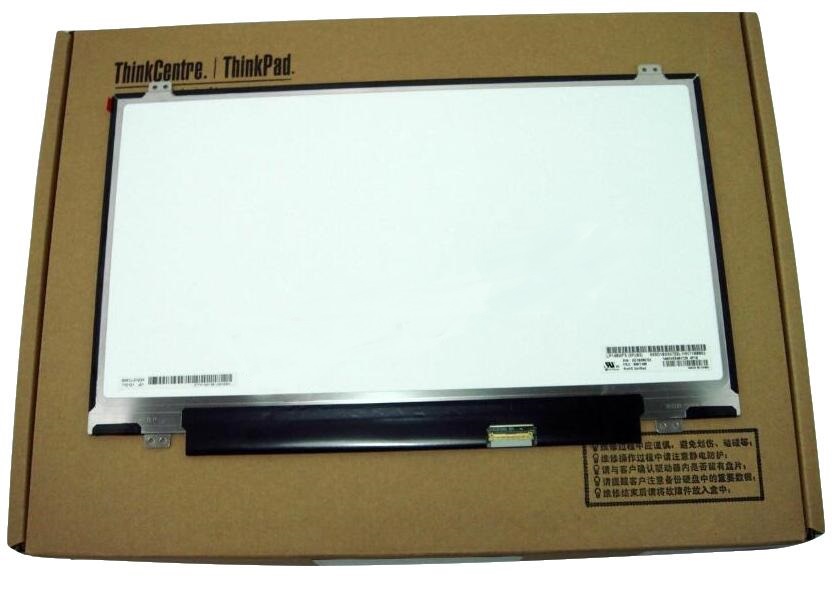The popularity of touchscreen laptops is on the rise. But before you buy one, you should weigh the advantages and disadvantages of using a touch-enabled laptop. Besides the advantages and disadvantages, there are so many other factors you should consider. For example, if you are buying a 2-in-1 laptop, there is no need to weigh the advantages and the disadvantages of a touchscreen laptop because that is definitely what you should buy.
What if you are buying a standard clamshell laptop? In this case, there is nothing pushing you to buy either a touch or non-touch screen. This is where you should weigh the advantages of a touch against the downsides of a touch. To help you do this easily, we have highlighted some of the main disadvantages of touch-enabled laptop screens. Check them out!

00hn898 14.0″ For Lenovo ThinkPad T460 Replacement LAPTOP FHD LED LCD TouchScreen
- Smears on the screen
This one here is obvious. When you touch your laptop display, there will always be smears, which I believe you don’t like. Constantly touching the laptop screen requires getting out a microfiber cloth and this is no doubt a hassle.
- More expensive
Being newer in the market, and the fact that it is cool and its popularity is rising, touchscreen laptops are normally more expensive to buy as compared to non-touch screen laptops. Precisely, if you are select between different configurations of the same device, you should expect to pay 100 USD to 200 USD more for a touch screen. So, if you don’t need a touch-enabled laptop screen, then there is no need to buy one because it will cost you more.
- Increased thickness
The panels used in touchscreen are typically thicker than the normal screen panels. Compared to a non-touch screen, a touchscreen is usually half an inch thicker. As expected, this also affects the weight. Actually, a touchscreen will weigh two pounds more. This could actually be a deal breaker if you consider the decreasing size demand. So, if you would love your laptop to be slimmer and lighter, then a touch screen won’t do.
- Shorter battery life
In terms of power consumption, most touch screens tend to use a lot of power. This will mean fewer hours of the battery life that is on the same model.
- Glossiness
Most touch-enabled laptops have glossy surfaces which reflect more light back at the user. This harms the viewing angles. This also means that they are not good for use in the outdoors and where there is plenty of light.
Screens-People.com is professional Computer Screen Display trading and repaire wholesale provider, mainly focused on the screens for Dell,HP,Lenovo,Apple,ASUS,Acer and Microsoft.






Leave A Comment
You must be logged in to post a comment.